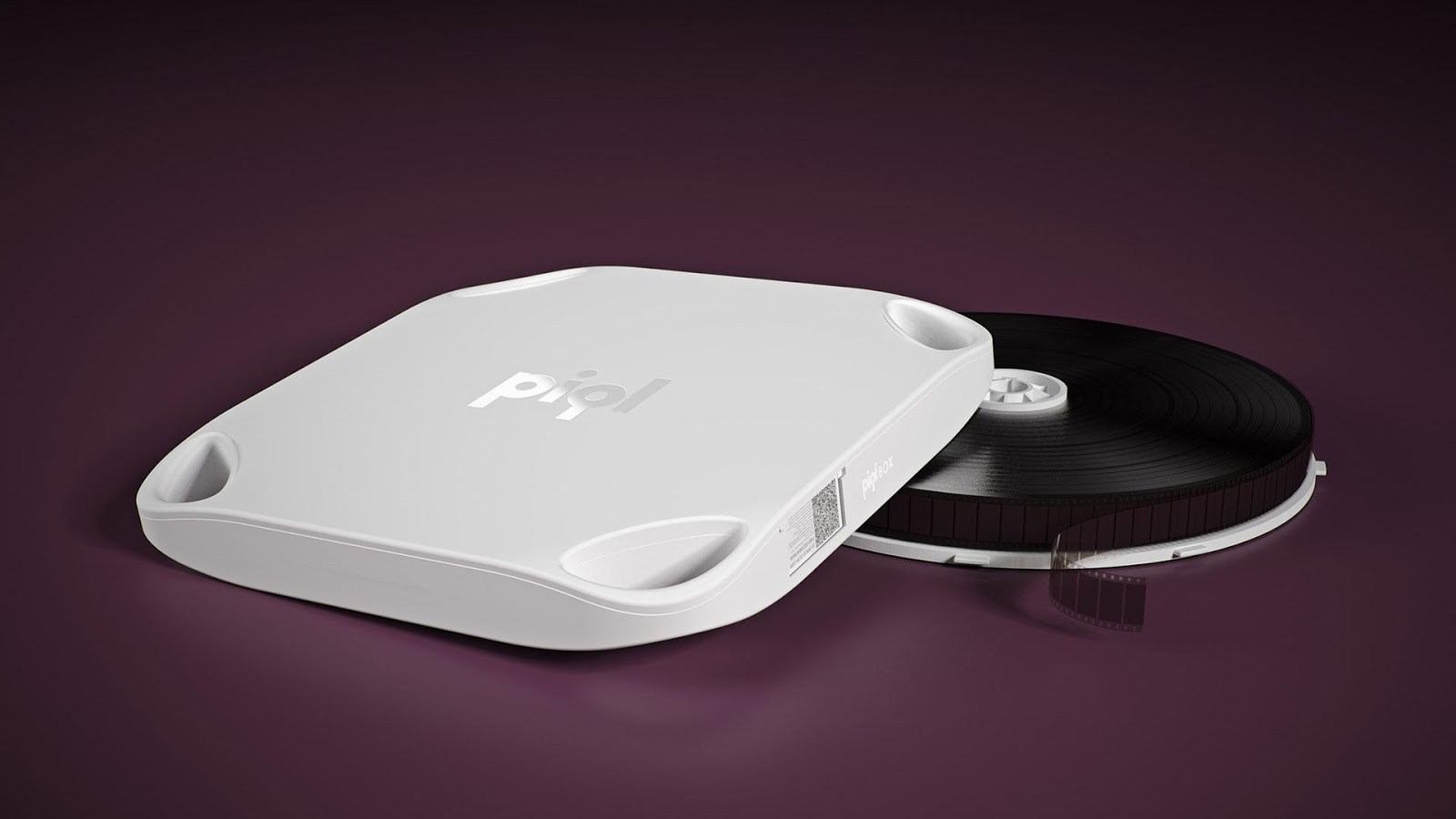Permafrost, coal mine and piqlFilm: a new approach to data storage and protection
Do you want to save valuable data for centuries and protect them from all sorts of threats, including hacker attacks and nuclear war? If so, you will definitely enjoy the Arctic World Archive.

The archive , opened in March of this year, is located in the same spent coal mines as the Global Seed Vault . It is located on Svalbard, between the North Pole and the mainland of Norway. Given the geographical location, storage design features, data processing method, and the legal status of the Svalbard archipelago, the World Arctic Archives promises to be the most reliable and secure place to store information on Earth.

The storage is maintained by Piql . It uses the analog technology of recording information on an extremely durable photosensitive film (piqlFilm) in a form resembling a huge QR code. This data is not available from the Internet, besides, after recording, it cannot be changed. This completely protects information from cyber attacks. In addition, the old coal mines are deep enough to withstand a nuclear strike.
')
“We have developed a unique technology for long-term storage of digital data, which will bring them to future generations,” said Catherine Thomsen, project manager for Arctic World Archive. “We needed a really safe place, which became a mine in Svalbard. There are ideal conditions: the temperature is from -5 to -10 and the appropriate level of humidity. "

"When, in the future, you need data stored in the archive, it is enough to scan the film using one of the special scanners, or something like a photographic enlarger and a digital camera," continues Catherine. The Piql company has already received the most interesting data for archiving. For example - historical documents relating to the constitution of Brazil and materials from Mexico, which date back to the times of the Incas. This does not mean that the repository is intended solely for public institutions. It is open to both companies and ordinary people.

“We can store anything — images, audio recordings, texts,” says Catherine. “When we get data from someone, via the Internet or in some other way, we pass them through our software and transfer them to tape. In the long run, our solution is much more affordable than regular data repositories, which, when used, constantly encounter the problem of data migration. ”
Dear readers! And what data would you send to the Arctic World Archive?

And here are a couple of thematic articles in our blog:
→ The peaceful profession of bomb shelter
→ How a former command post becomes a data center

The archive , opened in March of this year, is located in the same spent coal mines as the Global Seed Vault . It is located on Svalbard, between the North Pole and the mainland of Norway. Given the geographical location, storage design features, data processing method, and the legal status of the Svalbard archipelago, the World Arctic Archives promises to be the most reliable and secure place to store information on Earth.

The storage is maintained by Piql . It uses the analog technology of recording information on an extremely durable photosensitive film (piqlFilm) in a form resembling a huge QR code. This data is not available from the Internet, besides, after recording, it cannot be changed. This completely protects information from cyber attacks. In addition, the old coal mines are deep enough to withstand a nuclear strike.
')
“We have developed a unique technology for long-term storage of digital data, which will bring them to future generations,” said Catherine Thomsen, project manager for Arctic World Archive. “We needed a really safe place, which became a mine in Svalbard. There are ideal conditions: the temperature is from -5 to -10 and the appropriate level of humidity. "

"When, in the future, you need data stored in the archive, it is enough to scan the film using one of the special scanners, or something like a photographic enlarger and a digital camera," continues Catherine. The Piql company has already received the most interesting data for archiving. For example - historical documents relating to the constitution of Brazil and materials from Mexico, which date back to the times of the Incas. This does not mean that the repository is intended solely for public institutions. It is open to both companies and ordinary people.

“We can store anything — images, audio recordings, texts,” says Catherine. “When we get data from someone, via the Internet or in some other way, we pass them through our software and transfer them to tape. In the long run, our solution is much more affordable than regular data repositories, which, when used, constantly encounter the problem of data migration. ”
Dear readers! And what data would you send to the Arctic World Archive?

And here are a couple of thematic articles in our blog:
→ The peaceful profession of bomb shelter
→ How a former command post becomes a data center
Source: https://habr.com/ru/post/326828/
All Articles